Apollo 11 In Photos: A Look At The 45th Anniversary Of Man Landing On The Moon
The Apollo 11 mission launched from the Kennedy Space Center on Merritt Island, Florida, July 16, 1969, and made history four days later when astronauts Neil Armstrong and Edwin "Buzz" Aldrin walked on the moon. Armstrong and Aldrin landed on the moon at 4:16 p.m. EDT, and Armstrong became the first man to set foot on the moon at 10:38 p.m. EDT.
The first manned flight to the moon occurred seven months prior to Apollo 11. On Dec. 21, 1968, Apollo 8, carrying Frank Borman, James Lovell and William Anders, launched atop the Saturn V rocket from the Kennedy Space Center. On Dec. 24, the crew entered lunar orbit and were the first humans to ever orbit another celestial object and the first to see an Earthrise. The astronauts celebrated the milestone with a special Christmas Eve broadcast. The next two Apollo mission, Apollo 9 and Apollo 10, served to test the feasibility of a lunar landing.
Apollo 9 tested the crewed lunar module, or LM, the joined command and service module, or CSM, and the portable life support system. Apollo 10 served as the "dress rehearsal" and completed every aspect of a lunar mission except for the landing. Astronauts Thomas Stafford, Eugene Cernan and John Young orbited the moon and performed a descent to nine miles above the lunar surface.
Armstrong served as Apollo 11 commander with Michael Collins serving as command module pilot and Aldrin serving as lunar module pilot. The astronauts performed the first lunar orbit insertion maneuver July 19 and the LM performed the descent orbit insertion July 20. The "Eagle" landed in the Sea of Tranquility at 4:16 p.m. EDT. Armstrong and Aldrin spent 21 hours, 36 minutes on the moon and returned to Earth on July 24, 1969.
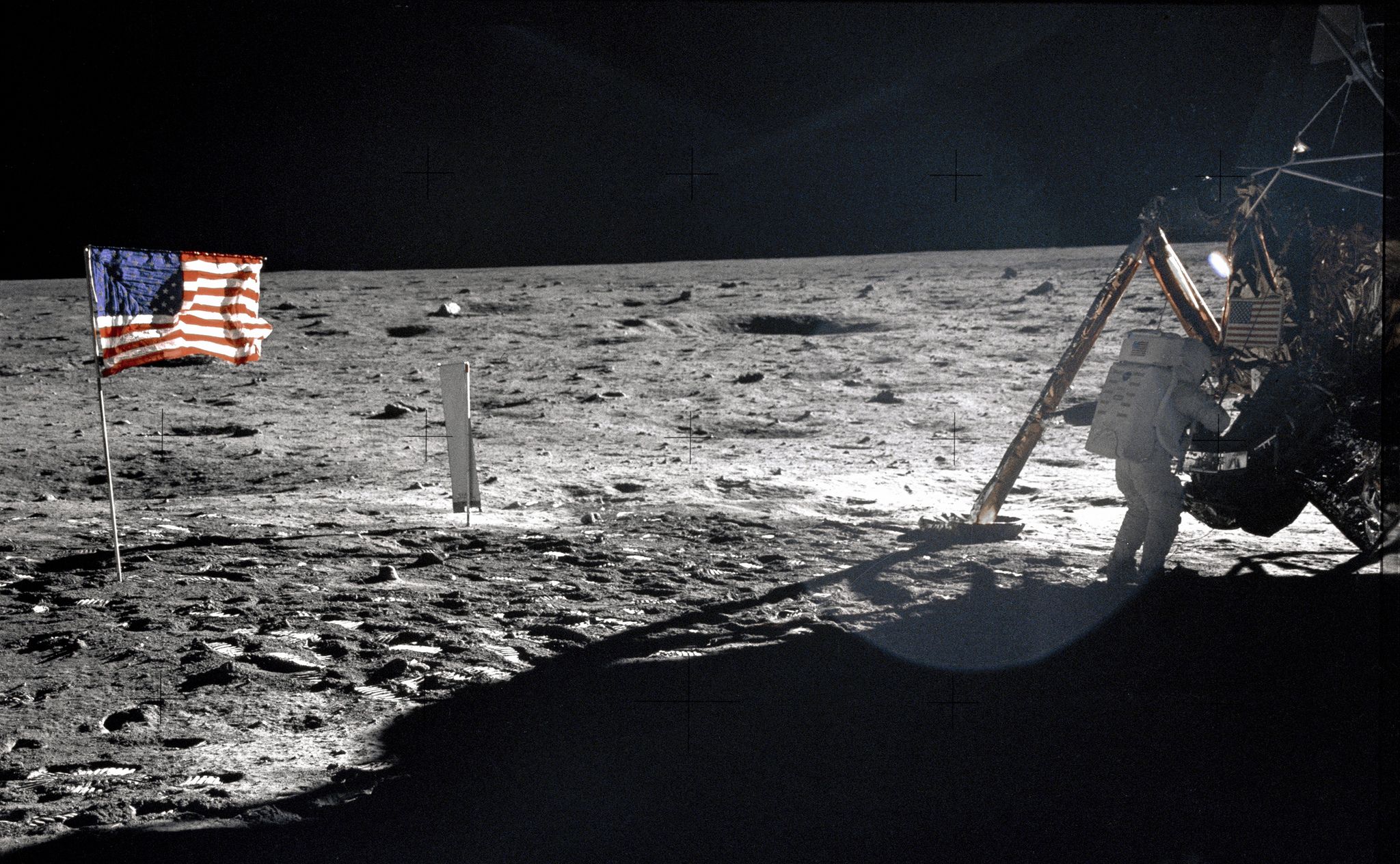


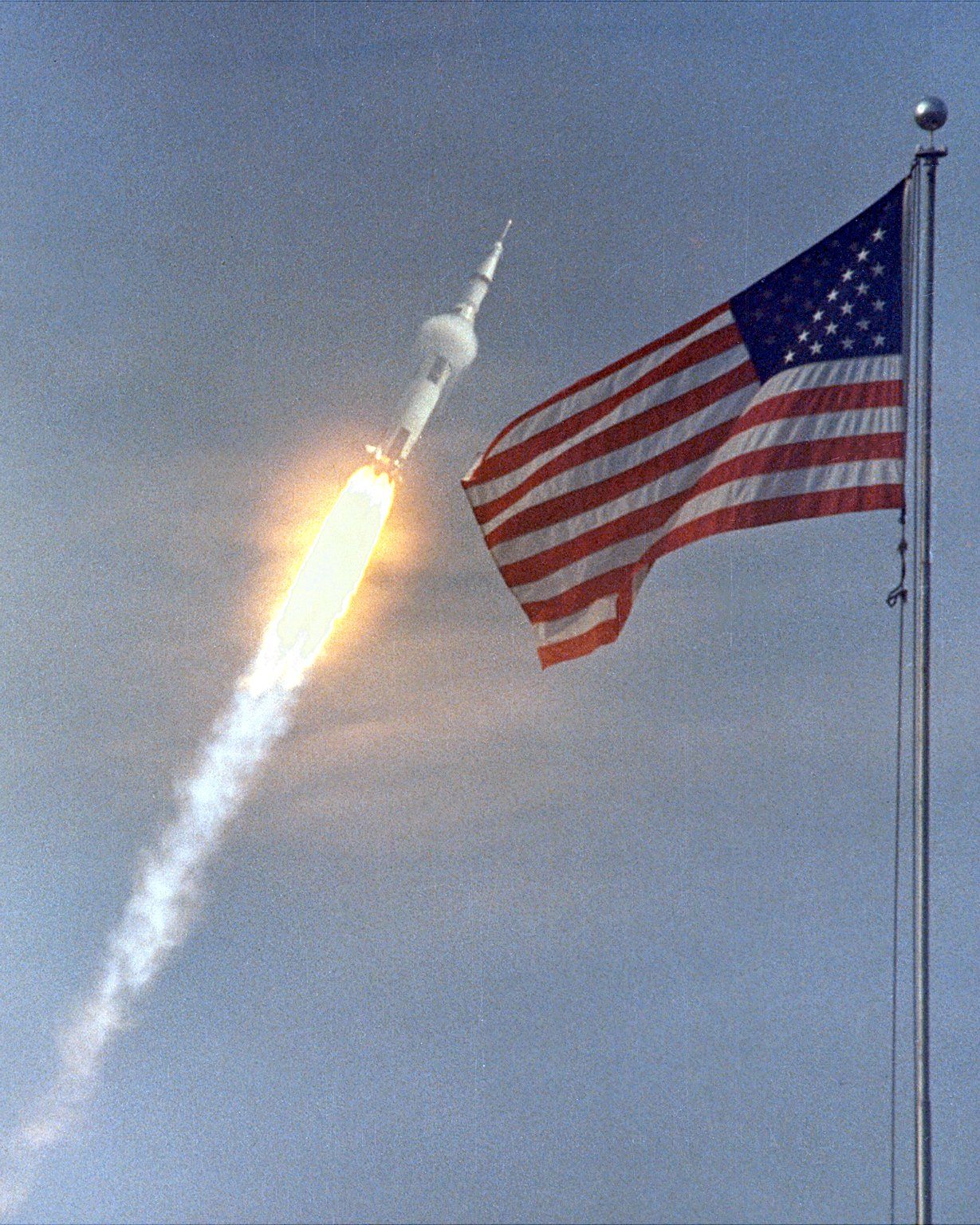
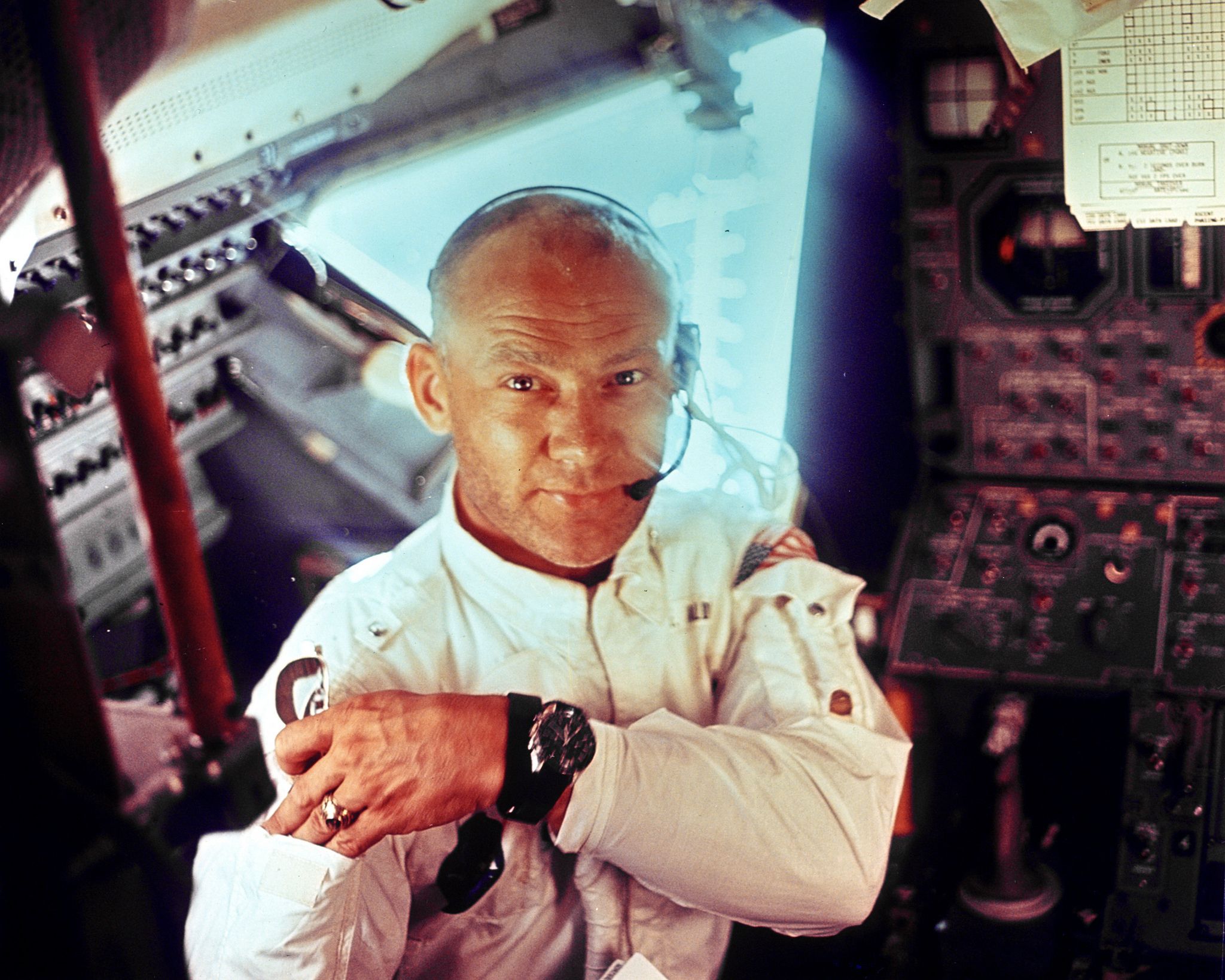
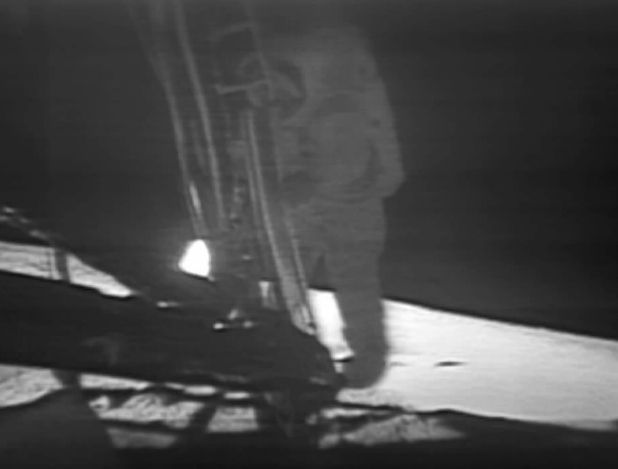


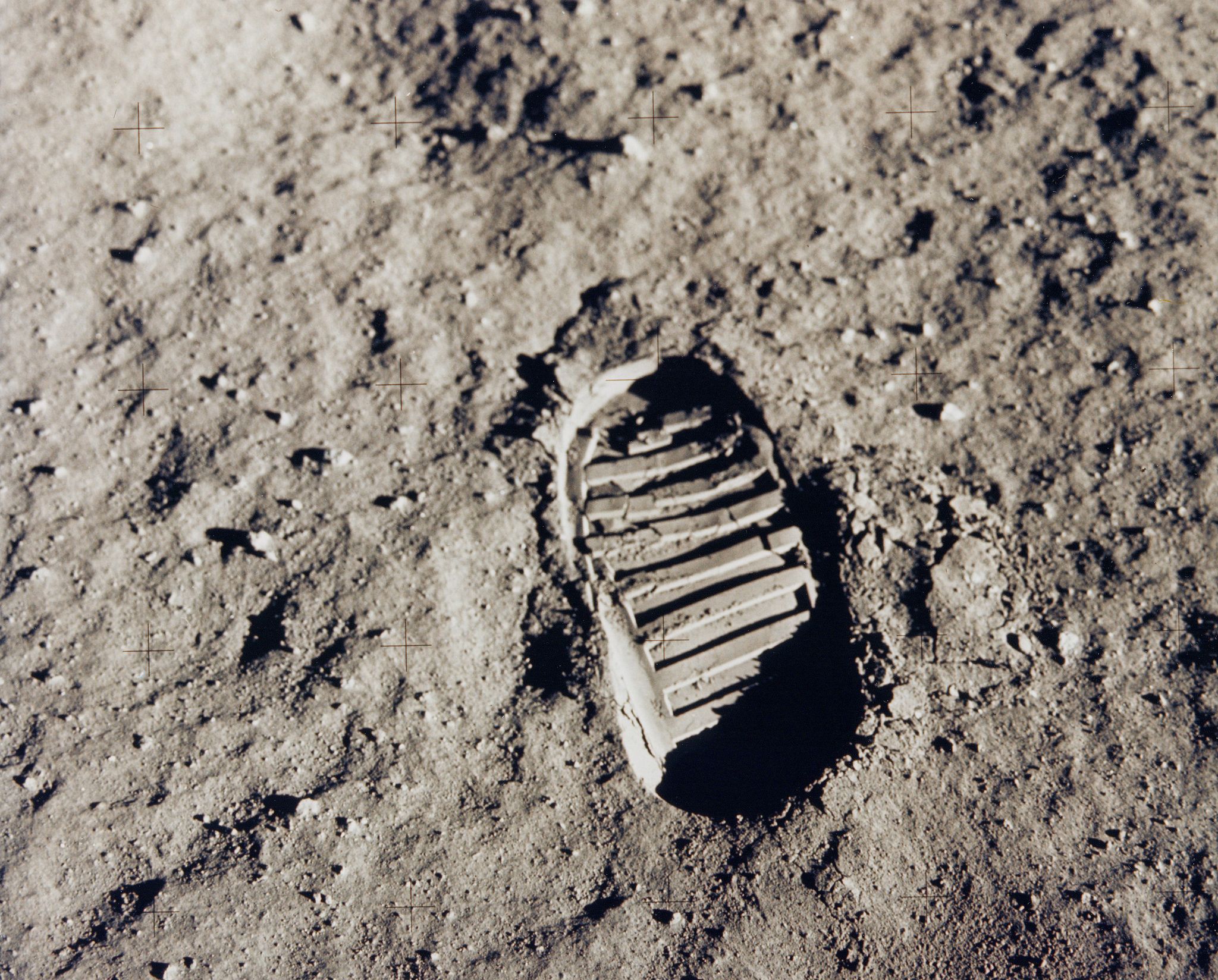

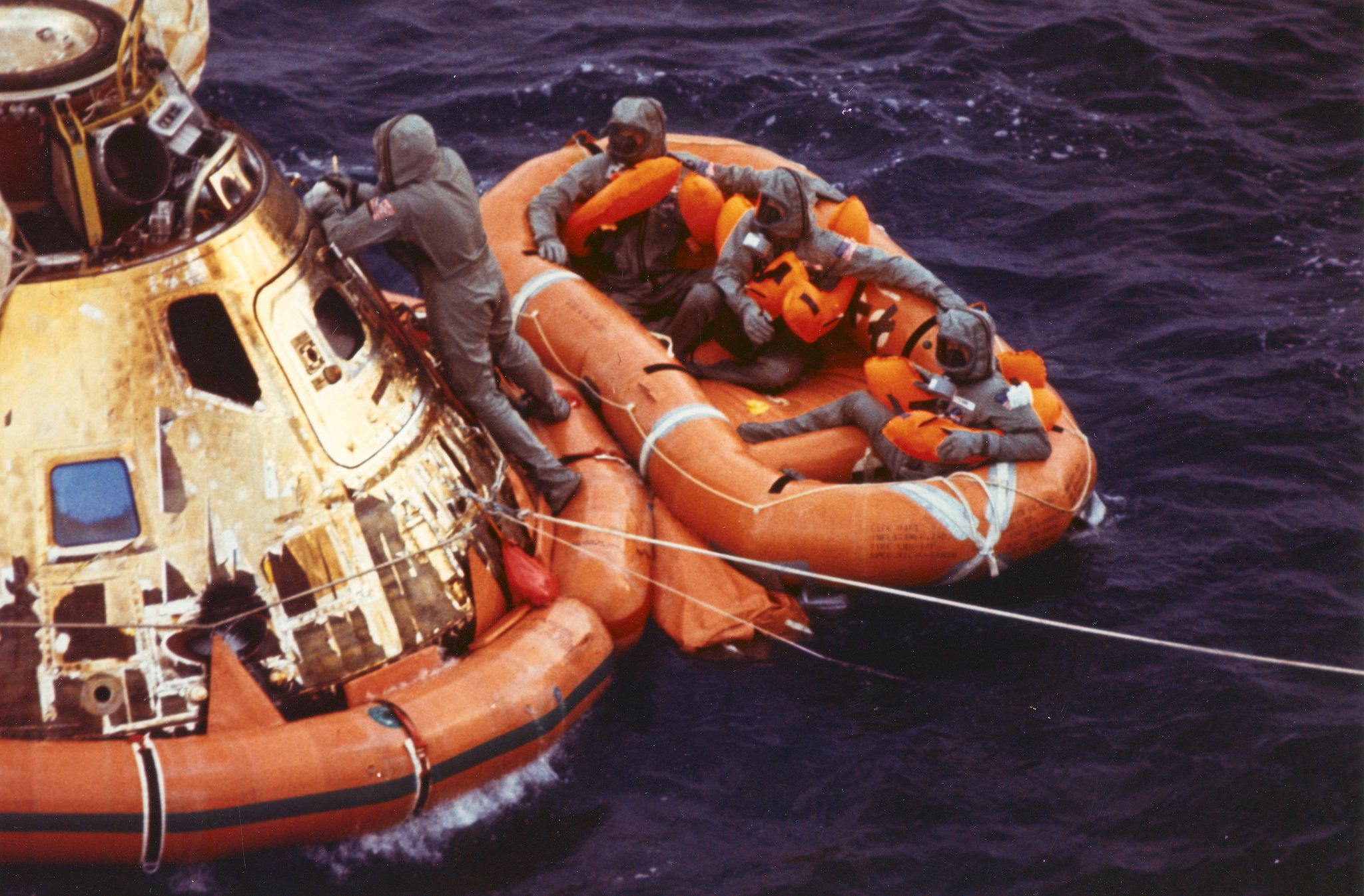
© Copyright IBTimes 2024. All rights reserved.












